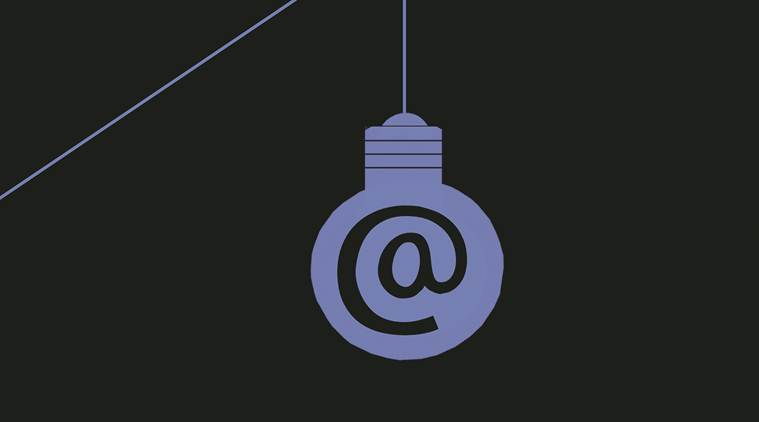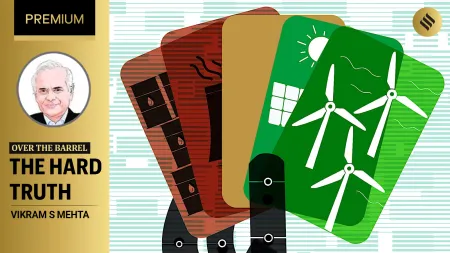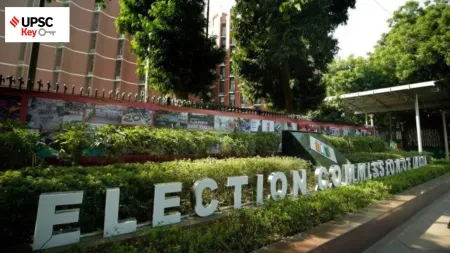- India
- International
What can a govt with a need to repress do in an era of the equally irrepressible internet? Look to China
The first lesson you’d learn is that even the Chinese have given up on crude techniques like wholesale internet shutdowns.
 India has no competition: Most Internet shutdowns of any country
India has no competition: Most Internet shutdowns of any country
Dear Hon’ble Minister of Digital Repression, Government of India,
I am sorry if you were planning to read this article on your smartphone and are stuck in a part of the country experiencing an internet shutdown. That would be ironic. Of course, you know you could always go out and buy an old-fashioned print version of this newspaper, but that would not be in keeping with our collective commitment to Digital India. But I digress. Onwards to the main points I wanted to share with you — all essential tips for upgrading your ministry’s tech capabilities to 2020 to secure India from hooligans demonstrating against the Citizenship Amendment Act, reading the Indian Constitution in public and committing other such acts of moral turpitude.
First, allow me a moment to dwell on congratulations. It is a rare instance when India breaks world records. Thanks, no doubt, to the diligence of your tireless staff, when it comes to digital repression, India has no competition: Most Internet shutdowns of any country — unlike all those nail-biters on the cricket pitch, India’s score of 134 shutdowns in 2018 handily beats the world number two, Pakistan’s measly 12 shutdowns. With Jammu and Kashmir in digital darkness, you have secured the record for the longest-running internet shutdown in a democracy. Your team can orchestrate shutdowns at will across the country, from Meghalaya and Tripura to the nation’s capital. From Bijnor to Bulandshahr, from Rampur to Sitapur, the state of UP, enjoyed freedom from the menace of social media on a rolling basis during December and got to reflect on deeper things as befitting a state governed by a yogi. Given the sheer scale of these operations, I am in awe that you even have the time to read this article.
Second, I wonder if you have asked: Is it worth it? I thought I would do some research for you. I am afraid the news isn’t good.
You will, no doubt, recall that we are talking about a country that pretty much gifted the world the notion of satyagraha, which the hooligans of yesteryear pulled off without WhatsApp. Yes, an internet shutdown does make it inconvenient to organise, but the resourceful find a way. You will note that Indians have also invented jugaad, which roughly translates into: For every shutdown, there is a workaround. The troublemakers travel to places where they can pick up a signal. They use virtual private networks. They turn to the TOR network or Bridgefy, an app that uses bluetooth to enable chats or tweet using SMS to bypass a ban. When all else fails, they go back to old-fashioned whisper campaigns.

Opinion | SC order on internet lockdown in J&K makes right noises but leaves matters of relief to the future
A Stanford study on internet shutdowns in India suggests that an internet shutdown may lead to even more offline protest and violence. Research drawing on the perpetual digital repression laboratory of Kashmir indicates that shutdowns have been “largely ineffective”. Internet shutdowns can, ironically, create even wider awareness of the causes being suppressed. This phenomenon even has a name — the “Streisand effect” — named for the star, Barbra Streisand, who sued the California Coastal Records Project, on the grounds that the organisation’s pictures of the coastline invaded her privacy since it included images of her Malibu mansion.
To make matters worse, these shutdowns are not costless. Putting aside the human cost — there is, after all, no shortage of humans in India — the economic costs can be enormous, especially when you count the losses tied to shutting down the internet not just in a few out-of-the-way places, such as Kashmir, but across India. Running up huge economic losses in the middle of an economic slowdown may not be such a hot idea. On the plus side, you might be able to get a selfie with Barbra Streisand on your next visit to Malibu.
Now to my third point. Surely, you have a job to do and I cannot leave you without constructive advice. What should a government with an irrepressible need to repress do in an era of the equally irrepressible internet? My advice is simple — look to China. Their digital repression playbook can be your 2020 upgrade. There is no shame in this. We must all admit that the Chinese know a thing or two about repression.
The first lesson you’d learn is that even the Chinese have given up on crude techniques like wholesale internet shutdowns. After riots in the capital of Xinjiang province, Urumqi, home to the pesky Uighur minority, the Chinese government cut off the internet. But that was 2009. The Chinese 2020 digital repression arsenal for that same province includes drones, facial recognition, and other biometrics techniques, AI, smart borders and, of course, monitored cell phones. Elsewhere, their digital throttling is surgically precise. Lawless Silicon Valley companies, such as Facebook and Google, are banned. In advance of the Tiananmen protest anniversary, last year, the messaging app WeChat and micro-blogging site Weibo stopped users from altering profile photos and other personal information. Words such as “tank man” and code for “Xi Jinping”, including the otherwise adorable Winnie the Pooh, are banned.
As a real-time case study, consider China’s play in Hong Kong. The state correctly anticipated that the economic costs of an internet shutdown would be too high and Hong Kongers would find workarounds. During past protests, many citizens had downloaded FireChat, a messaging app which uses wireless mesh networking to communicate over bluetooth and wifi. Instead, the state left the internet running and stuffed it with disinformation. The range of this propaganda is impressively broad, from coordinated social media blasts condemning protesters or depicting Hong Kong as a bratty little girl, playing to sexist stereotypes, to more sophisticated approaches, such as satirical news and rap music videos. Looking ahead, state manipulation apparatus will adopt deepfakes and other digital innovations.
Will it work in India? And, here, dear minister, I must end on a happy note. India holds another world record. According to Microsoft’s Digital Civility Index, of all the nationalities in their study, Indians were most likely to encounter fake news and internet hoaxes. Digital disinformation is already a tradition. In other words, there is precedent — and the experiences of the 2018 summer suggests it works. The one catch is that the government also plans to require monitoring, interception and tracing of social media messages in 2020 and it could get really awkward if toxic messages get traced to your ministry or your proxies.
This is all part and parcel of the new complex reality as you push towards a Digital India into the third decade of this century. Techniques from 2009 — or even 2019 — are not befitting an aspiring tech superpower. Dear Hon’ble Minister, I know these are busy times, but tell your team that getting the 2020 upgrade will be rewarding. And, oh, please remember to tell them to turn the internet back on.
This article first appeared in the print edition on January 11, 2020 under the title ‘The digital repression playbook’. The writer is Dean of Global Business at The Fletcher School at Tufts University, founding executive director of Fletcher’s Institute for Business in the Global Context and a non-resident senior fellow of Brookings India
EXPRESS OPINION
More Explained
May 08: Latest News
- 01
- 02
- 03
- 04
- 05












































